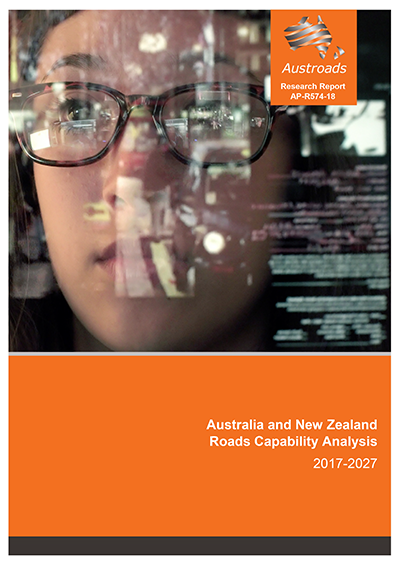Thursday, 19 July 2018

Austroads has published an analysis of the workforce skills required by the Australian and New Zealand roads sector over the next 20 years.
The report follows previous workforce capability studies undertaken in 2006, 2009 and 2013.
The analysis, by BIS Oxford Economics, is based on planned and forecasted infrastructure development requirements in Australia and New Zealand over the next 10 years, with implications and recommendations to be provided encompassing the next 20 years to 2037.
The report combines quantitative (workforce gap) and qualitative analysis (industry consultation) to explain how ‘traditional’ and ‘non-traditional’ skill demand will develop for road agencies over the coming decade, key threats to workforce capability in the sector, and how agencies can meet the short and longer term challenges ahead.
The analysis indicates that roads agencies will face a convergence of challenges across the coming decades: rising levels of transport infrastructure investment at a time of rapid changes in technology, funding and the very economic role and function of agencies themselves.
The key messages are:
- Agencies are already experiencing skills shortages, with transport analysts, planners and a range of designer cluster skills (engineers, surveyors, spatial scientists, cartographers and procurement managers) rated as being very difficult to source now.
- Existing roads workforce will be under threat from rising activity in other sectors. Many, though not all, existing roads skills are transferable to other sectors such as rail. As such, a major threat to traditional agency capability is not meeting rising roads demands, but retaining the existing skills base during this period of heightened demand from other sectors.
- Technologies that are expected to mature in coming decades will impact on agency roles and functions – and drive demand for new or expanded skills. While happening now, this process will accelerate in coming years. In an increasingly technologically-oriented world, agencies will face stern competition for these new breeds of ‘hard’ and ‘soft’ skills in coming decades. Conversely, new technologies will also see demand for some existing skills drop away.
- Agencies are likely to have time to adapt to some of the new technological developments. But, as indicated in the report's recommendations, much needs to be done now and in coming years to place agency workforce capability on a sustainable path.
Central to achieving sustainable workforce capability, however, will be consistent long term engagement with the education sector – as well as the broader industry – to ensure the right mix of skills is being developed, that roads agencies are well positioned to compete for these skills, and that agencies seek optimal ways to partner with other sectors to leverage their skills whilst retaining in-house capability to be ‘informed buyers’ of technological solutions.
Report link: Australia and New Zealand Roads Capability Analysis 2017-2027
